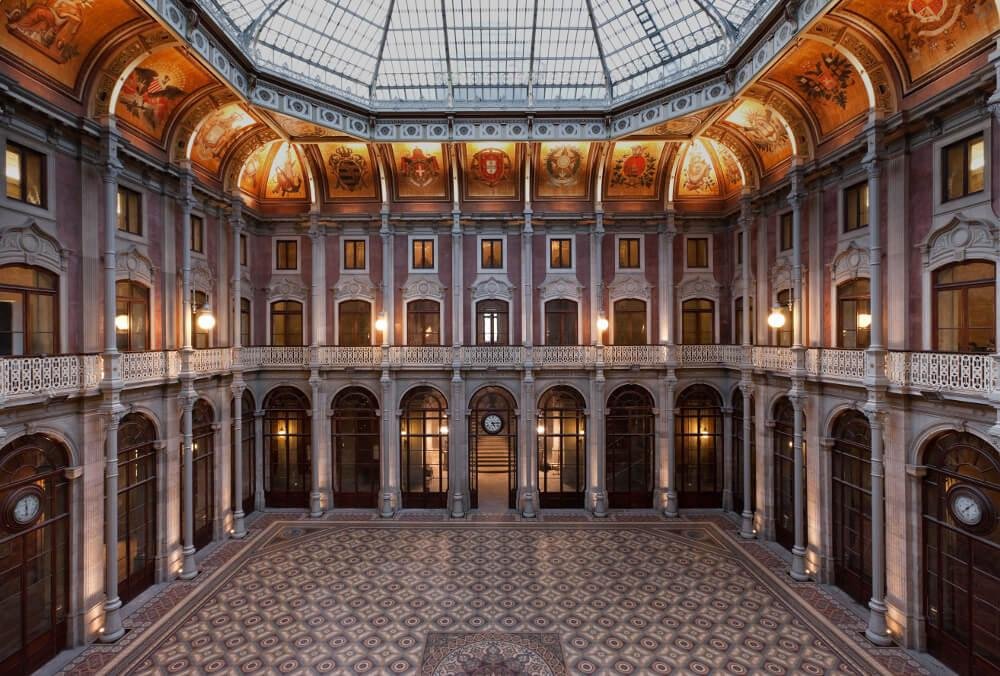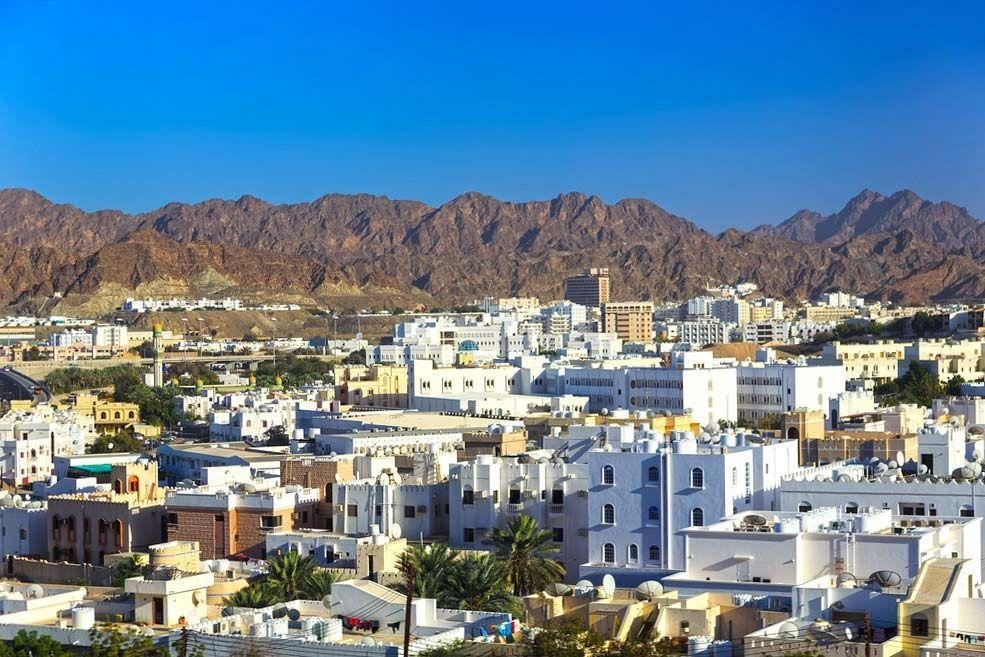Muscat, the capital city of Oman, is a captivating blend of traditional Arabian architecture and modern design, reflecti...
The Architectural Gem of Porto, Portugal

Porto, Portugal's second-largest city, is a captivating blend of history, culture, and stunning architecture. Nestled along the Douro River, Porto’s architectural landscape is characterized by its medieval buildings, neoclassical structures, and contemporary designs, making it a UNESCO World Heritage site.
One of the most iconic landmarks is the Dom Luís I Bridge, designed by engineer Gustave Eiffel and completed in 1886. This iron bridge connects Porto with Vila Nova de Gaia and features a two-tiered design that allows both vehicles and pedestrians to cross. The bridge’s remarkable arches and panoramic views of the Douro River and city skyline make it a favorite spot for visitors and photographers alike.

The historic Ribeira District, with its narrow cobbled streets and colorful houses, reflects Porto’s medieval roots. This area is filled with traditional azulejos (decorative ceramic tiles) that adorn the façades of buildings. The vibrant colors and intricate designs of the tiles add charm to the district, showcasing the city’s artistic heritage.
Another architectural highlight is the Livraria Lello, often regarded as one of the most beautiful bookstores in the world. Built in 1906, this neo-Gothic building features a stunning façade with intricate carvings and a grand staircase that spirals upward in a mesmerizing design. Inside, the wooden shelves and stained glass ceiling create a magical atmosphere, attracting literature lovers and architecture enthusiasts alike.
Porto is also home to the São Bento Railway Station, renowned for its stunning azulejo panels depicting historical scenes. Completed in 1916, the station features a beautiful neoclassical façade and a grand hall adorned with 20,000 blue and white tiles. These tiles tell the story of Portugal's history and culture, making the station a must-visit for anyone exploring the city.
The Church of São Francisco, built in the 14th century, is a prime example of Gothic architecture in Porto. Its elaborate Baroque interior is adorned with gilded woodwork and stunning religious sculptures. The church’s opulent design reflects the wealth and power of the Franciscan order during its construction. The adjacent catacombs add an eerie yet fascinating dimension to this historic site.

Another significant architectural site is the Palácio da Bolsa, or Stock Exchange Palace. Completed in the late 19th century, this neoclassical building is famous for its grand interior, including the stunning Arab Room, which features intricate Moorish designs and luxurious decorations. The palace serves as a cultural venue and is often used for events and exhibitions, showcasing Porto’s rich cultural heritage.
The contemporary side of Porto is represented by the Casa da Música, a concert hall designed by the renowned architect Rem Koolhaas and completed in 2005. The building’s striking geometric design, with its irregular shapes and concrete façade, stands in contrast to the historic architecture of the city. Inside, the concert hall features state-of-the-art acoustics and hosts a variety of musical performances, making it a cultural hub for the city.

Porto's urban landscape is further enhanced by the scenic gardens and parks that integrate nature with architecture. The Jardins do Palácio de Cristal offer beautiful views of the Douro River and the city, featuring landscaped gardens, fountains, and decorative sculptures. The park’s design encourages relaxation and exploration, providing a peaceful retreat within the bustling city.
The architectural essence of Porto is also reflected in its numerous monuments and statues. The Monument to the Heroes of the Peninsular War, located in the Praça da Liberdade, honors those who fought against French occupation during the early 19th century. This striking monument serves as a reminder of Porto’s historical significance and the resilience of its people.

Cultural events and festivals play a significant role in Porto’s community life, often taking place in historic venues and public spaces. The São João Festival, held annually in June, transforms the city into a vibrant celebration filled with music, dancing, and fireworks. The festival’s lively atmosphere highlights the importance of architecture in creating engaging cultural experiences that bring the community together.
The culinary scene in Porto is also intertwined with its architectural identity. Many restaurants and cafes are housed in beautifully restored historic buildings, offering diners a unique atmosphere to enjoy local specialties, such as francesinha and port wine. The combination of architecture and gastronomy creates a vibrant dining experience that reflects the city’s cultural richness.
As Porto continues to evolve, urban regeneration projects aim to revitalize neglected areas while preserving the city’s architectural heritage. Efforts to enhance walkability, promote public transportation, and integrate modern design with historical context reflect Porto’s commitment to sustainable urban development. These initiatives ensure that Porto remains a vibrant and livable city, balancing its rich history with contemporary needs.
The seamless integration of tradition and modernity is exemplified by the new developments along the waterfront. The Cais da Ribeira has undergone significant revitalization, with restaurants, shops, and cultural spaces lining the riverbank. This transformation has created a lively atmosphere that attracts locals and tourists alike, enhancing the city’s charm and accessibility.
In conclusion, Porto is a city where architecture serves as a reflection of its rich history, cultural diversity, and aspirations for the future. The harmonious blend of medieval buildings, neoclassical structures, and contemporary designs creates a captivating urban environment that enchants all who visit. Whether exploring the grandeur of the Dom Luís I Bridge, admiring the beauty of Livraria Lello, or experiencing the artistic vibrancy of Casa da Música, visitors to Porto are sure to be inspired by the city’s architectural charm and cultural depth.
Porto’s architectural journey is a testament to the city’s resilience and adaptability, highlighting its ability to embrace change while honoring its historical roots. From its historic churches to modern concert halls, Porto stands as a vibrant example of how architecture can embody the spirit of a place and its people. The city’s commitment to preserving its architectural legacy while embracing innovation ensures that Porto will continue to thrive as a cultural and architectural destination for generations to come.
With every corner revealing layers of history and artistry, Porto invites all to explore its captivating urban landscape and experience the rich stories that each building has to tell. The city’s architecture not only reflects its glorious past but also shapes its vibrant present and promising future, making it a true gem of Portugal.
Share:




